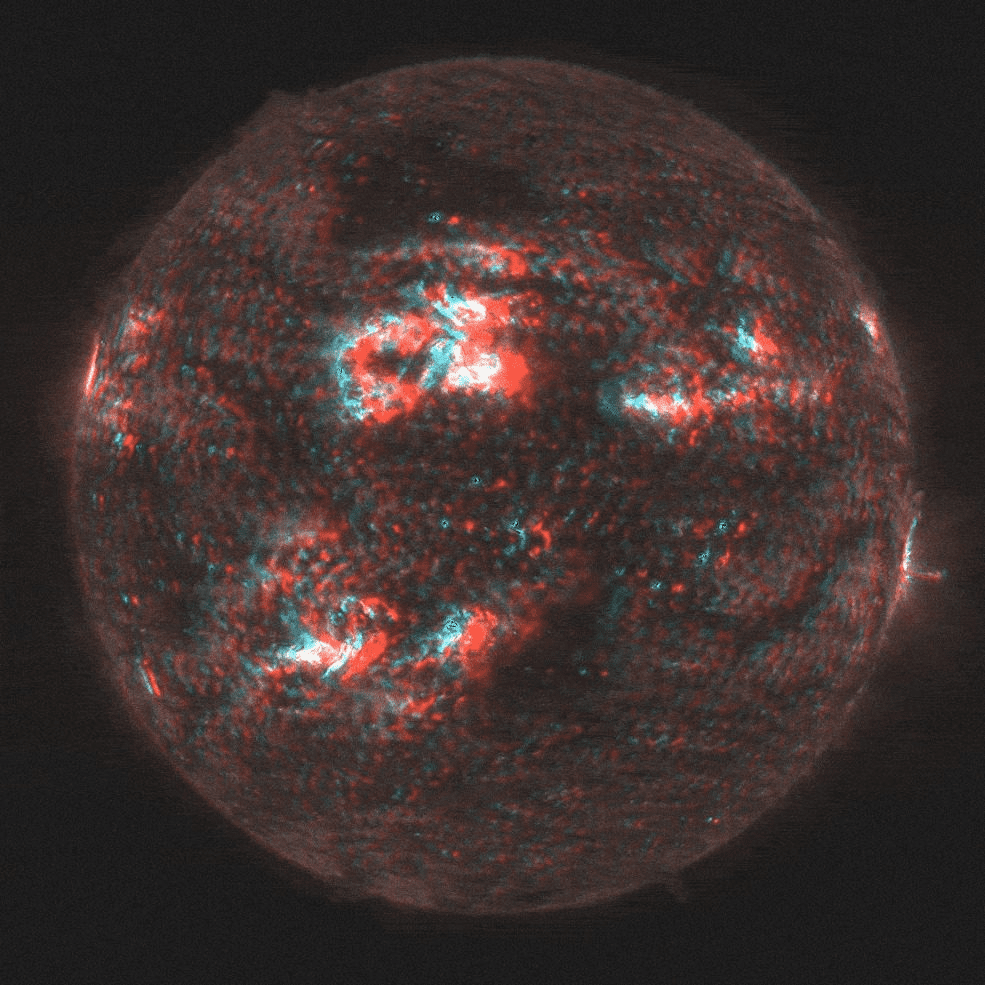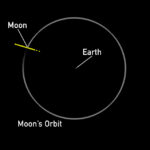A Return After 17 Years
After a 17-year-long odyssey in space, NASA’s STEREO-A spacecraft is set to make a brief return to Earth’s vicinity. Launched from Florida’s Cape Canaveral Air Force Station on October 25, 2006, this spacecraft has been pivotal in reshaping our understanding of the Sun.
The STEREO Mission: A Brief Recap
The Solar Terrestrial Relations Observatory (STEREO) mission initially comprised two spacecraft: STEREO-A (Ahead) and STEREO-B (Behind). Their primary objective was to provide a stereoscopic view of our star. In 2011, they achieved a significant milestone by positioning themselves on opposite sides of the Sun, offering a complete spherical view of our star for the first time.
Lika Guhathakurta, STEREO program scientist, remarked, “STEREO broke the tether and gave us a view of the Sun as a three-dimensional object.”
STEREO-B’s Silence and STEREO-A’s Solo Journey
While STEREO-A continued its mission, STEREO-B lost contact in 2014 after a planned reset. The mission officially concluded for STEREO-B in 2018. Despite the loss of its twin, STEREO-A has been relentless in its pursuit of solar knowledge.
The Upcoming Earth Flyby: More Than Just a Visit
STEREO-A’s brief return isn’t a mere pit stop. The spacecraft will collaborate with newer NASA missions, including the Solar and Heliospheric Observatory (SOHO) and NASA’s Solar Dynamics Observatory (SDO). This collaboration aims to provide a renewed stereoscopic 3D image of the Sun.
The changing distance of STEREO-A from Earth during its visit offers a unique opportunity. It will allow scientists to observe solar features of varying sizes, akin to adjusting the focus of a colossal telescope.
Decoding Solar Mysteries: The Main Agenda
One of the primary objectives of this rendezvous is to help solar physicists decode longstanding enigmas about the Sun. A recent theory suggests that coronal loops might be optical illusions. Terry Kucera, STEREO project scientist, emphasized the importance of multiple viewing angles to ascertain the true nature of these loops.
Coronal Mass Ejections (CMEs): A Threat and an Opportunity
As STEREO-A makes its flyby, it will also detect eruptions from the Sun, known as CMEs. These charged particles can disrupt satellites, interfere with radio signals, and even damage power infrastructure on Earth. Understanding the magnetic fields of CMEs is crucial, as they dictate the potential damage or disruption upon reaching Earth.
Similar Post
Toni Galvin, principal investigator for one of STEREO-A’s instruments, highlighted the challenges of studying CMEs from a single perspective. With STEREO-A’s data, scientists hope to get a more comprehensive view of these solar phenomena.
A Different Sun Awaits
The last time STEREO-A was close to Earth, the Sun was in its “solar minimum” phase. Now, as the Sun approaches its “solar maximum,” expected to peak in 2025, STEREO-A is set to witness a more active and dynamic star.
Kucera reminisced about the Sun’s quiet phase in 2006 and emphasized the stark contrast STEREO-A would experience now. Lika Guhathakurta concluded, “There is so much knowledge to be gained from that.”
A New Chapter in Solar Exploration
As STEREO-A prepares for its brief Earth rendezvous, the scientific community eagerly anticipates the new insights and data it will bring. This mission underscores the importance of continuous exploration and the ever-evolving nature of our understanding of the cosmos.
With its unique vantage point and collaborative efforts, STEREO-A promises to shed light on the Sun’s mysteries, further enriching our knowledge of the very star that gives life to our planet.

















